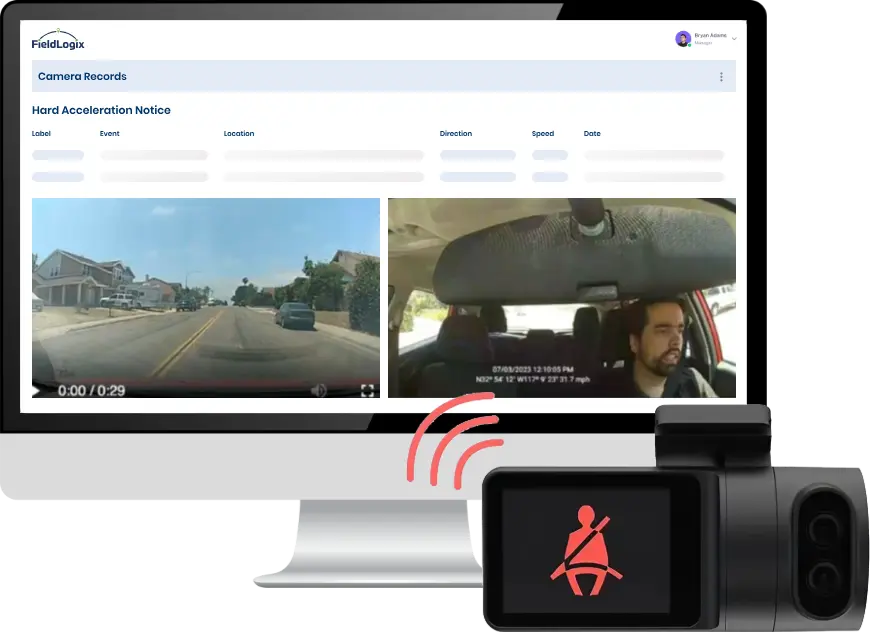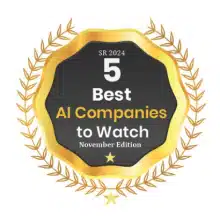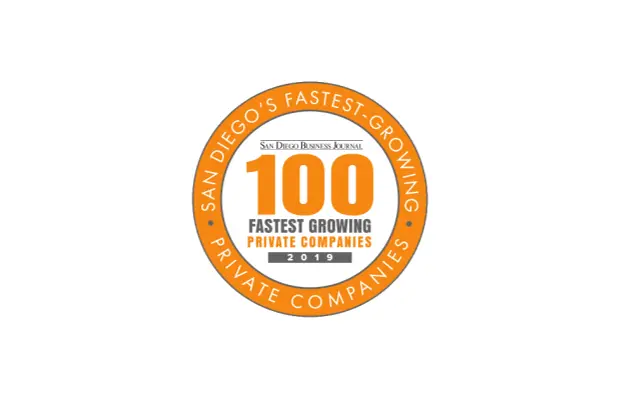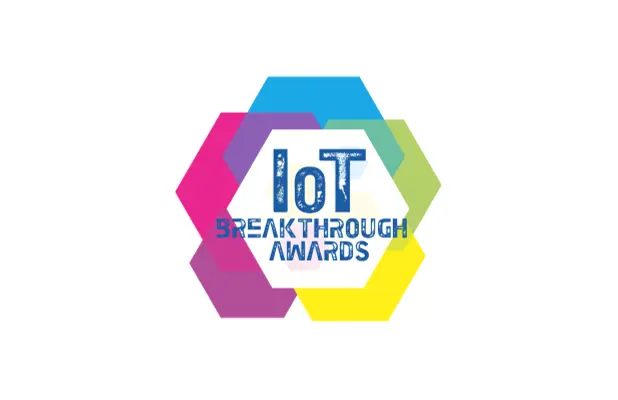Government Incentives Finance Green Business Improvements
 Government Incentives for Going Green Government incentives and SBA loans can be used to finance “green” business improvements. The government has several programs in place to help small businesses be just as competitive as corporate giants in the race to adopt green, energy-efficient business practices. These incentives can reap many rewards, from financial benefits that will impact your bottom line to social benefits, such as making your “green” business a much more attractive place for skilled, younger workers to seek employment. Whether you are looking to enter the business of greening our planet or just want to make employees and customers happy, going green is smart for small business.
Government Incentives for Going Green Government incentives and SBA loans can be used to finance “green” business improvements. The government has several programs in place to help small businesses be just as competitive as corporate giants in the race to adopt green, energy-efficient business practices. These incentives can reap many rewards, from financial benefits that will impact your bottom line to social benefits, such as making your “green” business a much more attractive place for skilled, younger workers to seek employment. Whether you are looking to enter the business of greening our planet or just want to make employees and customers happy, going green is smart for small business.
Small businesses that invest strategically can cut utility costs 10 to 30 percent without sacrificing service, quality, style or comfort – while making significant contributions to a cleaner environment. Many projects will require little expense. Savings small businesses make from adopting energy improvements, also include federal energy tax savings for the tax year of 2010.
For projects that do require capital, SBA loan-guaranty programs can help reduce some of the financial costs of the “going green” process. All of SBA’s 7(a) loan programs can be used by small businesses to fund green improvements. With a 50 percent SBA-backed guaranty, and an average loan of $35,000 with its maximum loan size of $350,000— the SBA Express Loan is an excellent loan program to help small businesses go green


















